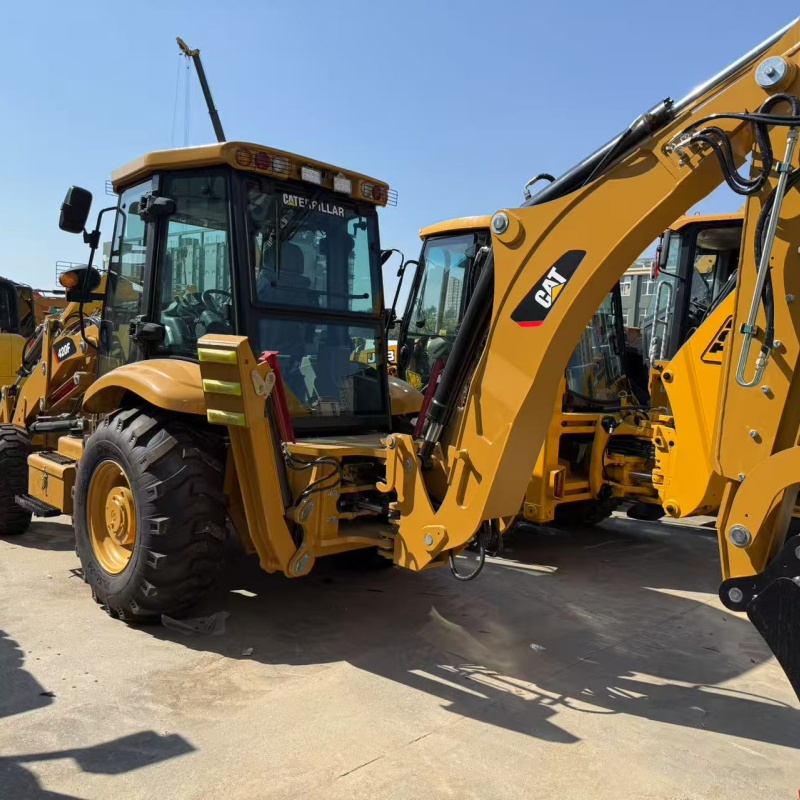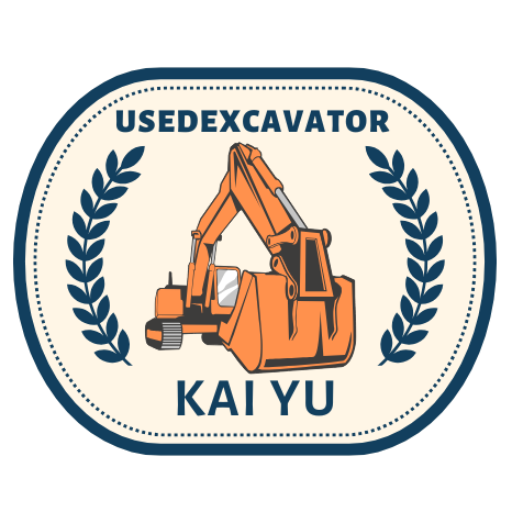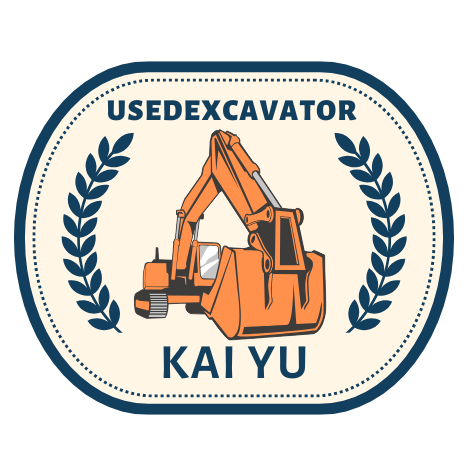When it comes to underground utility work, having the right equipment can make or break your productivity. Whether you’re laying pipe, installing water lines, or trenching for electrical cables, choosing a reliable excavator is key to keeping projects on schedule and under budget. For many contractors, investing in a used excavator for utility trenching is the smart way to go.
A dependable second-hand machine can offer the same performance as new equipment—without the heavy price tag. But not all excavators are suited for trenching or pipe installation, especially when considering size, reach, and stability. To help you make the right choice, we’ve broken down the most important factors when choosing the best used excavator for pipe laying and highlighted the top machine types that fit the bill.

Focus on Size and Digging Depth
The first thing to consider when shopping for a used excavator for trenching projects is size. You want a machine that offers enough power to dig deep, straight trenches—but not so large that it becomes difficult to maneuver on tight jobsites.
Why It Matters
Most utility trenching jobs require precise digging, often in narrow or residential areas. A compact used excavator with deep reach allows you to dig efficiently without damaging nearby structures or over-excavating the area. For shallow to mid-depth trenches (up to 10 feet), a used mini excavator with long arm options may be sufficient. For deeper trenches or heavier pipe, you’ll need something in the 10 to 20-ton class with extended boom capability.
Best Fit
- Used mini excavators (3-6 tons) for short trench runs and tight jobsite access
- Mid-size used excavators (10-20 tons) for longer or deeper pipe installations
- Look for machines with variable angle booms or extendable arms for added flexibility
Key Tip
Always check the machine’s dig depth and reach specifications before buying. A low-hour used excavator for pipe work with the right configuration can save time and reduce manual labor on every job.
Choose the Right Hydraulic Setup and Attachments
Trenching and pipe laying require more than just digging power. The ability to switch attachments or operate precision tools can dramatically increase productivity. When browsing listings for a used hydraulic excavator for sale, pay close attention to the machine’s auxiliary hydraulics.
Why It Matters
A well-equipped second-hand excavator with auxiliary hydraulics can run a wide range of attachments—like trenching buckets, grading blades, hydraulic thumbs, or compactor plates. These tools are essential when laying pipe, backfilling, or compacting trench walls. Without the right hydraulic flow and control options, you may be limited in what you can do on site.
Best Fit
- Look for models with two-way auxiliary hydraulics and quick coupler compatibility
- Verify that the machine can handle attachments such as trenching buckets or vibratory compactors
- Machines with proportional joystick controls offer smoother operation for trench shaping or precision placement
Key Tip
If you’re regularly switching between digging and backfilling tasks, a used excavator with quick attachment change system can drastically cut downtime and increase jobsite efficiency.
Prioritize Stability and Visibility
Safety and control are critical when digging long or deep trenches, especially in variable soil conditions. An unstable or hard-to-control machine can slow down the job—or worse, lead to trench collapses or equipment damage. When evaluating options for a dependable used excavator for utility jobs, don’t overlook balance and visibility.
Why It Matters
Stable digging prevents trench walls from caving in and allows for more accurate pipe installation. Good cab visibility also helps the operator monitor trench alignment, depth, and attachment movement—especially important when working near utilities or in residential neighborhoods.
Best Fit
- Tracked used excavators provide better stability on uneven ground and soft soil
- Look for wide stance undercarriage models or optional blade attachments for extra support
- Cab designs with panoramic windows and elevated operator seats improve trench visibility and control
Key Tip
If you plan to work on finished surfaces like pavement or in tight urban areas, consider a wheeled used excavator for city trenching. These machines offer good mobility without damaging the ground, making them ideal for sidewalk or street utility work.
Final Thoughts
Trenching and pipe laying demand precision, power, and reliability. Choosing the best used excavator for utility trenching means balancing size, hydraulics, and stability to match your workload. Whether you’re installing miles of conduit or working on a short residential service line, having the right machine can save labor hours and keep your crew moving efficiently.
To recap:
- Match size and reach to your trench depth needs
- Choose a machine with strong hydraulic capacity and attachment versatility
- Ensure the excavator offers stability and operator visibility on the jobsite
Shopping for a low-hour used excavator near me? Focus on trusted models with verified service records, and inspect the machine’s hydraulic system, undercarriage, and digging components. A well-selected second-hand excavator for trenching projects can deliver years of dependable performance at a fraction of the cost of new equipment.


